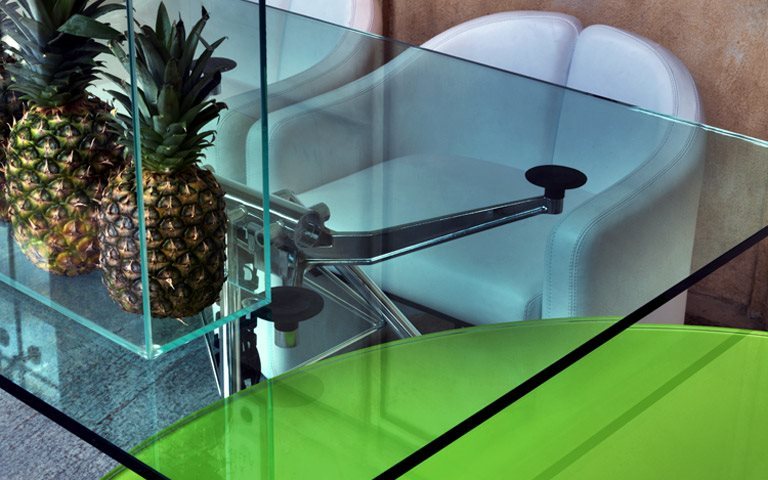Zoomorphic aesthetic
Nomos is conceived as a solid skeleton with a zoomorphic aesthetic. It can be adapted to satisfy wide range of needs, at home and in the office.
.png)
The basic concept is simple: a surface rests on a structure with a central backbone, 2 side support arms and 4 tilted, projecting legs, analogous to the structure of vertebra and ribs of the human body. Conceived as a solid skeleton with a zoomorphic aesthetic, it allows the dry construction of a wide range of compositions that can be adapted to multiple uses, from individual workstations to large meeting tables, to the latest desksharing solutions.
The Nomos Table differs from the other components of the Nomos System for the size of its tubular frame (25 mm / 1 " instead of 30 mm / 1 1/4 "), for the angled shape of its base and for the dedicated castings that support the top instead of the basic substructures of the System. The spacers supplied with the Nomos Table allow to set 2 desk top heights (72 cm / 28 1/3 " or 65 cm / 25 2/3 "), reconfigurable as needed.
.jpg)
Nomos is conceived as a solid skeleton with a zoomorphic aesthetic. It can be adapted to satisfy wide range of needs, at home and in the office.
.jpg)
The starting point of the Nomos System is the tubular metal frame, to which legs, feet, supports, work surfaces, superstructures and screens are added. The metal-to-metal connection of elements assures longer service life and total scrapping at the end of its life cycle.
.jpg)
A table for working, reading, talking, discussing, dining, and playing. Altogether, the system solves all functions with a single structural concept, while the cables run in a flexible staple skeleton that allows easy accessibility to electrified outlets.
.png)
A declined platform, supported by feet modeled like those of the LEM, the lunar module that in 1969 landed on the Moon. In the table versions, it is possible to adjust the height of the top in two positions, 72 cm and 65 cm, simply by assembling the feet with or without spacer.From the archives
.jpg)
“The recognition of a need that becomes a project. […] We do not have, in our languages, such a rich term to indicate together order and spontaneity, rigor and imagination, rule and creativity. So Tecno and Norman Foster Associates have evoked for their work this ancient word, Nomos."
.jpg)
_G4813_115073468.jpg)

_G5463_-1402043690.jpg)

.jpg)